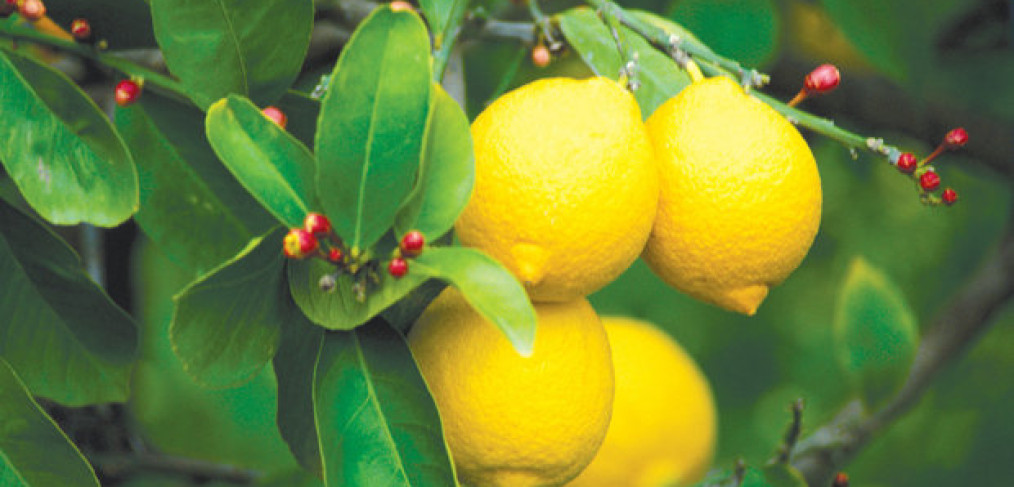
Fertilizing Citrus Trees and Palm Trees in Arizona
Fertilizing your citrus and palm trees is key to maintaining their fruit, yield and natural beauty.
Arizona’s climate is well suited to growing all manner of citrus, including navel oranges, grapefruit, lemons and tangerines. These trees can be planted year round, but do best when planted during March or April, or even during the month of October. Palm trees, on the other hand, do best when planted during the warmer months of April through September.
Everyone loves a great looking citrus or palm tree; they provide shelter, in some cases produce fruit, and provide an aesthetically pleasing addition to any yard when they are properly trimmed and maintained. But what’s the best way to care for these trees and make them look their best? The answer is simple: fertilization.
Citrus Tree Fertilization in Arizona
Fertilizing citrus trees in the Phoenix area doesn’t have to be an arduous task, but you do need to be careful to avoid over fertilization, which may lead to less juicy, tougher fruit and peels. Click here to contact Earthtones about a citrus fertilization schedule.
To begin, it’s best to choose a fertilizer that is specifically designed for fruit or citrus trees. You’ll see this information listed on the bag. Additionally, you want to pick a fertilizer that contains phosphorous and nitrogen, which are two critical elements for proper citrus tree health and growth.
When it comes to choosing how much fertilizer to use and how often to use it, follow the instructions on the bag, but remember a few rules of thumb: For smaller or younger trees (2-3 years old), use about a half pound of fertilizer three times a year (late January, late April and early August). For larger citrus six-years-old and older, use about two and a half pounds total three times a year. For newly planted citrus trees (0-1 year old) use about a quarter pound three times a year if needed. This is a good guide for fertilizing citrus plants like oranges, limes, lemons, etc. For grapefruit, split all of the aforementioned measurements in half.
After you’ve measured your fertilizer out, throw on some protective gloves and spread the fertilizer evenly about three to four feet around the tree’s trunk. After spreading, grab a rake or similar tool and lightly aerate the area so the fertilizer easily absorbs into the soil. Lastly, water the tree according to the directions on the bag.
Palm Tree Fertilization in Arizona
While some palm trees are different than others, most require frequent watering but infrequent fertilization. Arizona soil is typically deficient in nitrogen, and most palms suffer from some sort of magnesium and potassium deficiency, so finding a palm tree fertilizer rich in all three elements is important. You can typically find special palm tree fertilizer on sale at local stores or available online. To talk to a specialist contact Earthtones about palm tree fertilization by filling out our online form.
You’ll typically apply palm tree fertilizer twice a year (once in mid-spring and once in early summer) for best results, but again, be sure to follow the instructions given on the bottle. Spread the product evenly around the base of the tree but avoid the area around the trunk and water thoroughly afterward. If you notice that your palm tree looks a little worse for wear (brown, drooping fronds, dead fronds, etc.) and under-watering isn’t the problem, additional fertilization may be needed.
If you follow these simple steps for citrus and palm tree fertilization you’ll enjoy beautiful, bountiful trees all year round. And if you’d like to have Earthtones handle your yard’s tree fertilization needs don’t hesitate to contact us or call the number to the right for a free, no-obligation quote!
